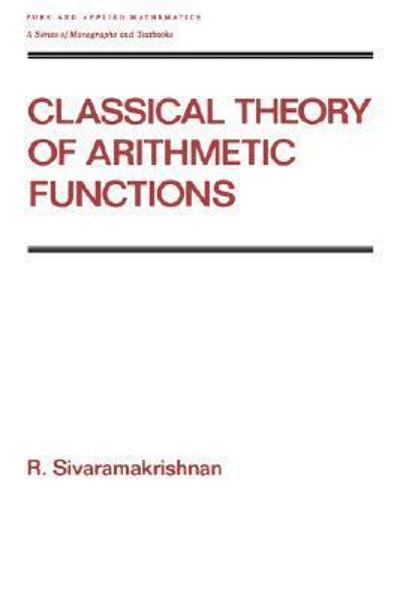Answered step by step
Verified Expert Solution
Question
1 Approved Answer
Question B1: Suppose that f(x) = ar3 + br2 + cr + d. (a) Compute da (b) Compute da [f(x)] dx. (c) Compute at If




Step by Step Solution
There are 3 Steps involved in it
Step: 1

Get Instant Access to Expert-Tailored Solutions
See step-by-step solutions with expert insights and AI powered tools for academic success
Step: 2

Step: 3

Ace Your Homework with AI
Get the answers you need in no time with our AI-driven, step-by-step assistance
Get Started


